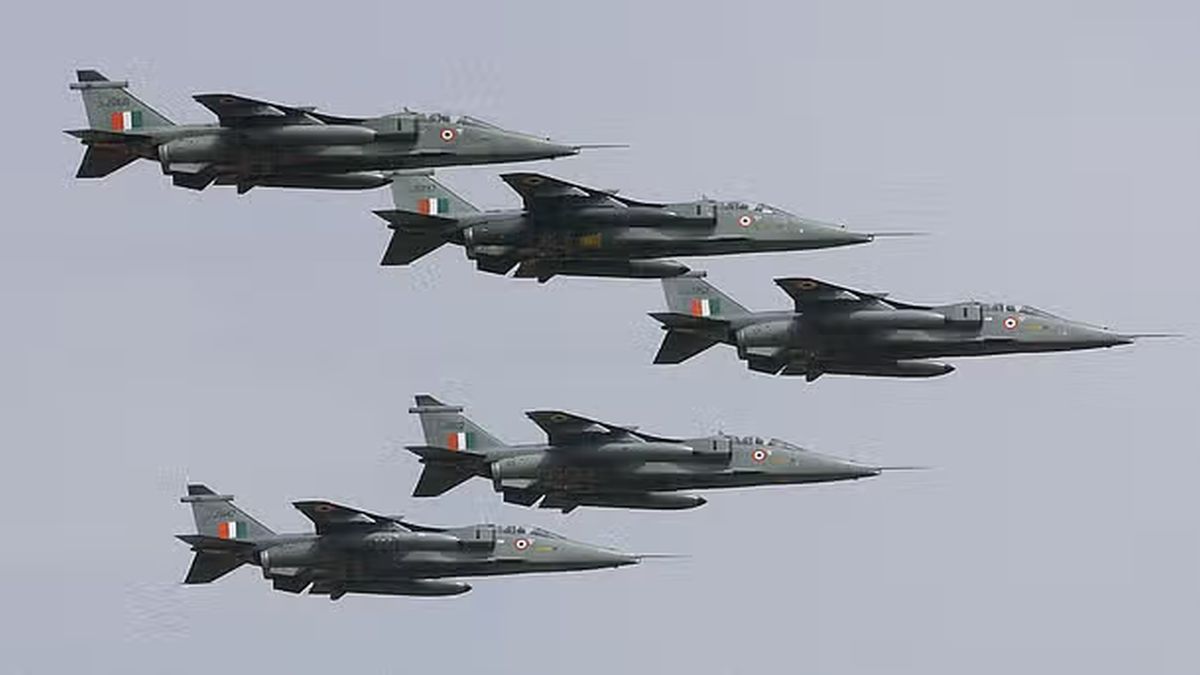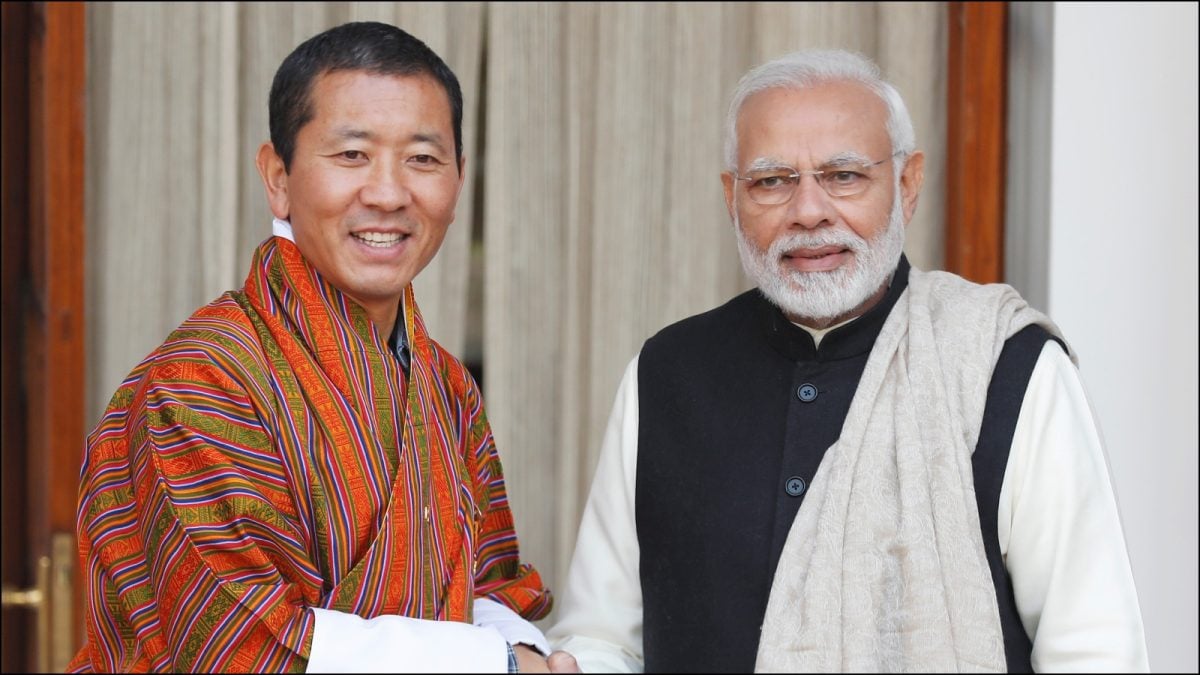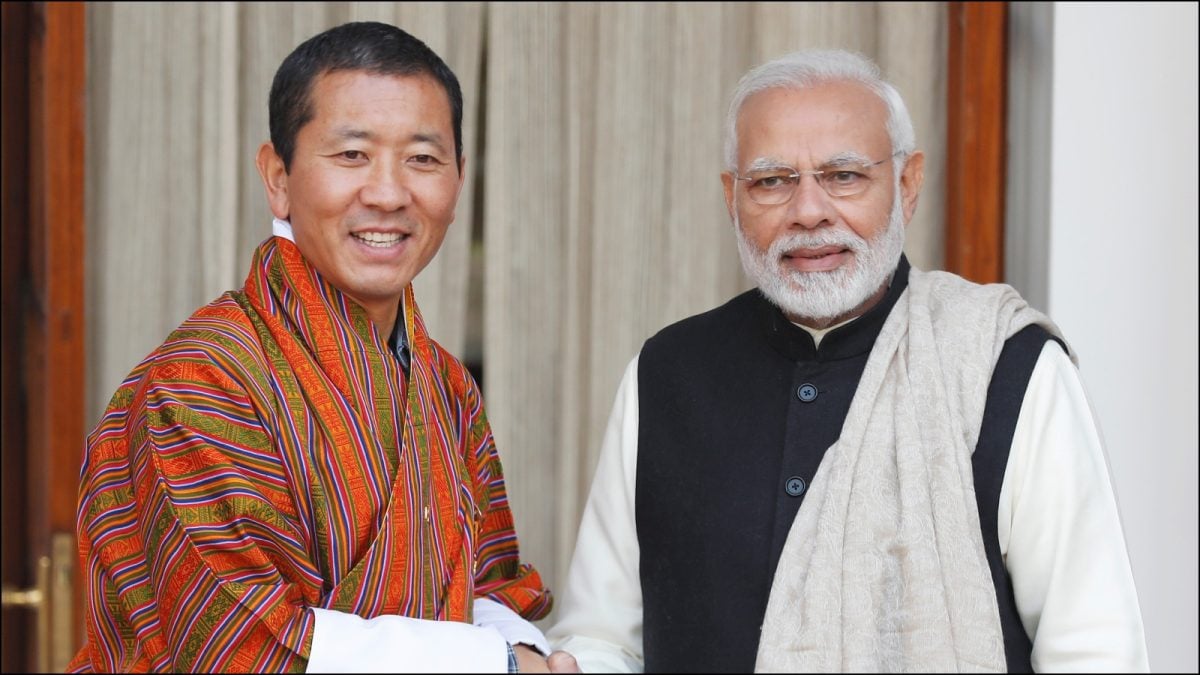Decades of ignoring self-reliance have left the Indian Air Force in a tailspin. It is trapped in a vortex of capability gaps and procurement delays. India’s defence planners find themselves caught between the crushing weight of immediate operational needs and the distant promise of indigenous solutions.
This predicament is not new—as per several commentators, India’s weapon procurement has long been influenced by the foreign arms lobby. Grand promises of self-sufficiency have repeatedly collided with the harsh realities of technological complexity, foreign influence and fiscal constraints.
The Lost Promise of Indigenous Aviation
The story of India’s aviation ambitions is a tale of what could have been. The big what if is best told through the HF-24 Marut, a fighter that promised to make India the first Asian nation (not including Russia), to develop an indigenous jet fighter. In 1956, development of what was to be a Mach 2 multirole fighter began with German aeronautical engineer Kurt Tank in command. The project represented a high-reaching jump for Hindustan Aeronautics Limited (HAL) with new design, staff manufacturing and budgets.
Yet the Marut’s promise crumbled under the weight of underpowered engines and insufficient funding. The untold story of espionage and foreign pressure and lack of domestic resolve crushing an aircraft of great promise. India oddly abandoned the Marut and fell back on acquiring faster Soviet fighters.
The Marut’s engine woes presaged an even more devastating failure—the Kaveri engine programme. Initiated in 1986 to power future Indian fighters, the Kaveri has consumed four decades and $300 million. Compare this pittance to international standards: the P&W engine for the F-35 cost $6.7 billion, while France’s M88 for the Rafale required $1.6 billion.
India’s miserly investment has yielded predictable results—an engine that cannot meet the 81-90 kN thrust requirements for the LCA Tejas and remains relegated to future unmanned applications.
Impact Shorts
More ShortsThe Mathematics of Military Necessity
The cost of the new 110 Rafales—estimated at $24 billion—dwarfs the entire Kaveri programme’s budget by a factor of 60 in constant dollars. This stark comparison illuminates a fundamental truth: indigenous development requires sustained, massive investment that India has consistently failed to provide. While the nation debates the merits of foreign procurement, its adversaries have not stood still.
The IAF’s long-quoted target of 42 squadrons was framed in a very different era, before the Chinese Air Force grew into the continent’s largest and Pakistan positioned itself to induct advanced platforms such as China’s J-35 stealth. China may, however, hesitate to provide the fighters given Pakistan’s twin recent pivots to the US and Saudi Arabia.
Yet India has repeatedly missed the bus—whether through decades spent buying foreign Jaguars, MiGs, and Mirages while shamefully underfunding domestic programmes. The IAF currently operates just 31 squadrons, falling to 29 with the retirement of the MiG-21. This represents the force’s lowest strength in six decades. The IAF faces off against 2,000 Chinese frontline fighters and Pakistan’s fleet of around 400.
The Drone Revolution and Future
Add to this the standoff unmanned revolution in military affairs; India needs to also seriously consider the future of the fighter aircraft in her mix.
Modern warfare increasingly revolves around unmanned systems that serve both tactical and strategic roles. Tactically, drones provide surveillance, real-time intelligence, and precision strikes while keeping operators safely distant from hostile territory. They can maintain continuous observation for hours or days, fundamentally altering battlefield awareness and the decision-making cycle.
Strategically, drones in Ukraine, Russia and elsewhere are now beyond mere tactical operational art capable of enabling decisive warfare. Heavy drones carrying larger payloads can suppress air defences, isolate enemy formations, and provide the persistent airpower for mobile ground forces. Air littoral—contested airspace up to 1,000 feet—is a manoeuvre domain where drones can expose gaps in enemy defences and create new axes of offence. So India needs to judiciously commit to Unmanned Air Vehicles (UAVs) and fighter jets.
Aircraft Engines: The Heart of the Matter
While the Advanced Medium Combat Aircraft project with French cooperation is serious, and firms like L&T and BEL have lined up, its timeline is at least 15 years away. Even with Safran’s collaboration and full tech transfer, the Advanced Medium Combat Aircraft (AMCA)’s first flight is not expected until 2030 or beyond. In a threat environment where Pakistan may field fifth-generation fighters within two years and China’s capabilities continue expanding, this is an unsustainable timeline.
The question of whether Safran will share critical technology remains beyond visual range—metaphorically speaking. The threat perception envelope makes imports inevitable by the time India achieves true engine independence.
The IAF’s Scramble for the Here and Now
Thus the IAF finds itself in a real scramble for immediate capabilities—almost a mayday situation. India is in the frustrating corner where it may have to return to a project it abandoned: the Russian Su-57. Having spent $300 million on that programme before withdrawing in 2018 due to performance concerns. India may now find itself compelled to reconsider Russian offers for joint production.
The Su-57’s stealth capabilities remain questionable, reportedly limited to a frontal 60-degree arc compared to true fifth-generation standards. Yet, Russia needs this deal more than India does, providing leverage for better terms and genuine tech transfer.
HAL on Trial and GE’s Engine Bottleneck
The mega order for HAL for 97 Tejas Mark-1A fighter jets, in a deal likely valued at $7 billion, raises the total order book to 220 fighters. This, though, brings a real capability constraint for developing the 5th generation AMCA fighter. HAL lacks realistic design manpower and manufacturing capability.
The public sector behemoth has no room for excuses and must be held accountable.
The engine delivery saga illustrates a broader challenge: managing complex global supply chains and maintaining quality standards across international partnerships are fiendishly difficult.
A Different India and French Obligations
This is a different India from previous Rafale negotiations. The French in previous orders provided near-zero indigenous content. With the blank cheque, India should mandate that 70 per cent of the work on defence purchases be carried out domestically, allowing sufficient time for the private sector to absorb and integrate indigenisation technologies. This must go beyond Dassault Aviation plans to establish MRO facilities. India needs the core technology leveraging private sector capabilities alongside the public Aeronautical Development Agency (ADA) and HAL.
Clear Skies Await
Indian defence planners have no choice but to scramble—accepting the reality that immediate capability gaps cannot wait for perfect indigenous solutions. But if they can acquire necessary foreign platforms while simultaneously building domestic capacity—clear blue skies await. The key lies in treating imports not as capitulation but as strategic bridges to eventual self-reliance.
The path forward requires accepting uncomfortable truths: sovereignty comes at a cost, delay is no longer an option when adversaries are accelerating, and indigenous development must be funded at international standards rather than in homoeopathic doses. Only then can the IAF break free from its current tailspin and become masters of the air.
The writer is a senior journalist with expertise in defence. Views expressed are personal and do not necessarily reflect those of Firstpost.


)

)
)
)
)
)
)
)
)



